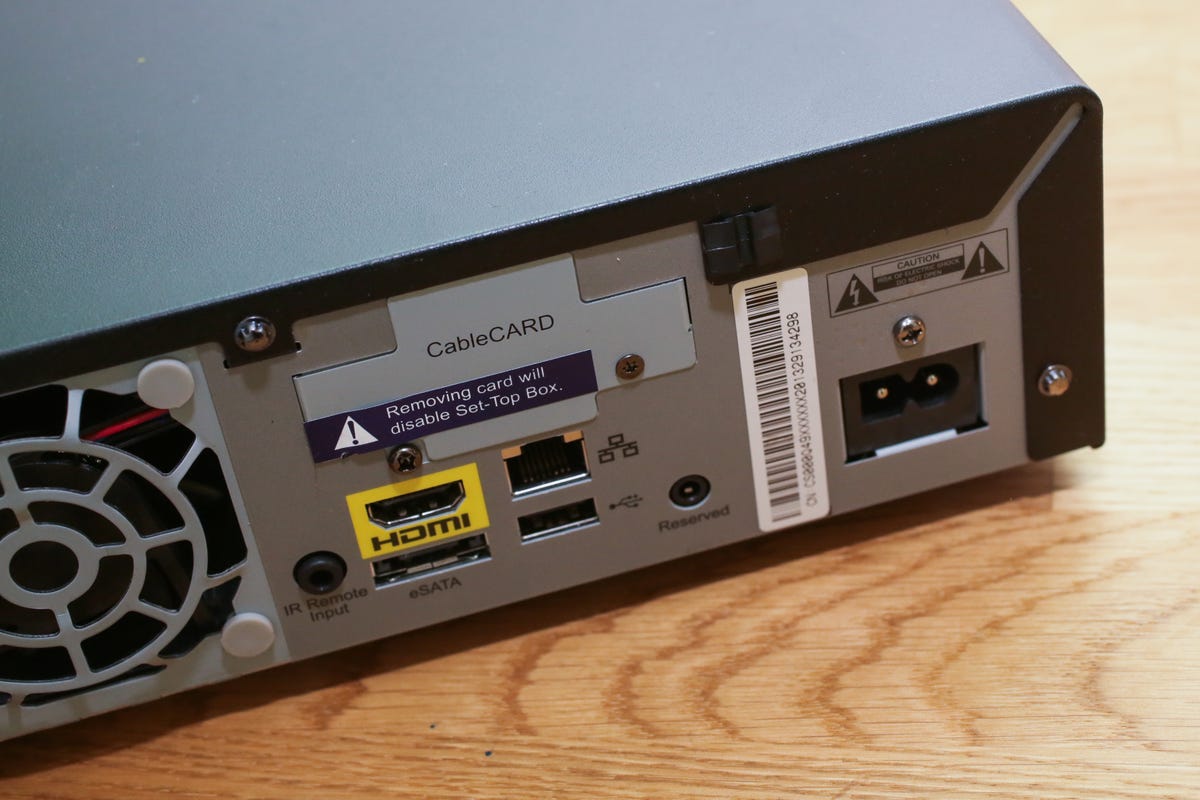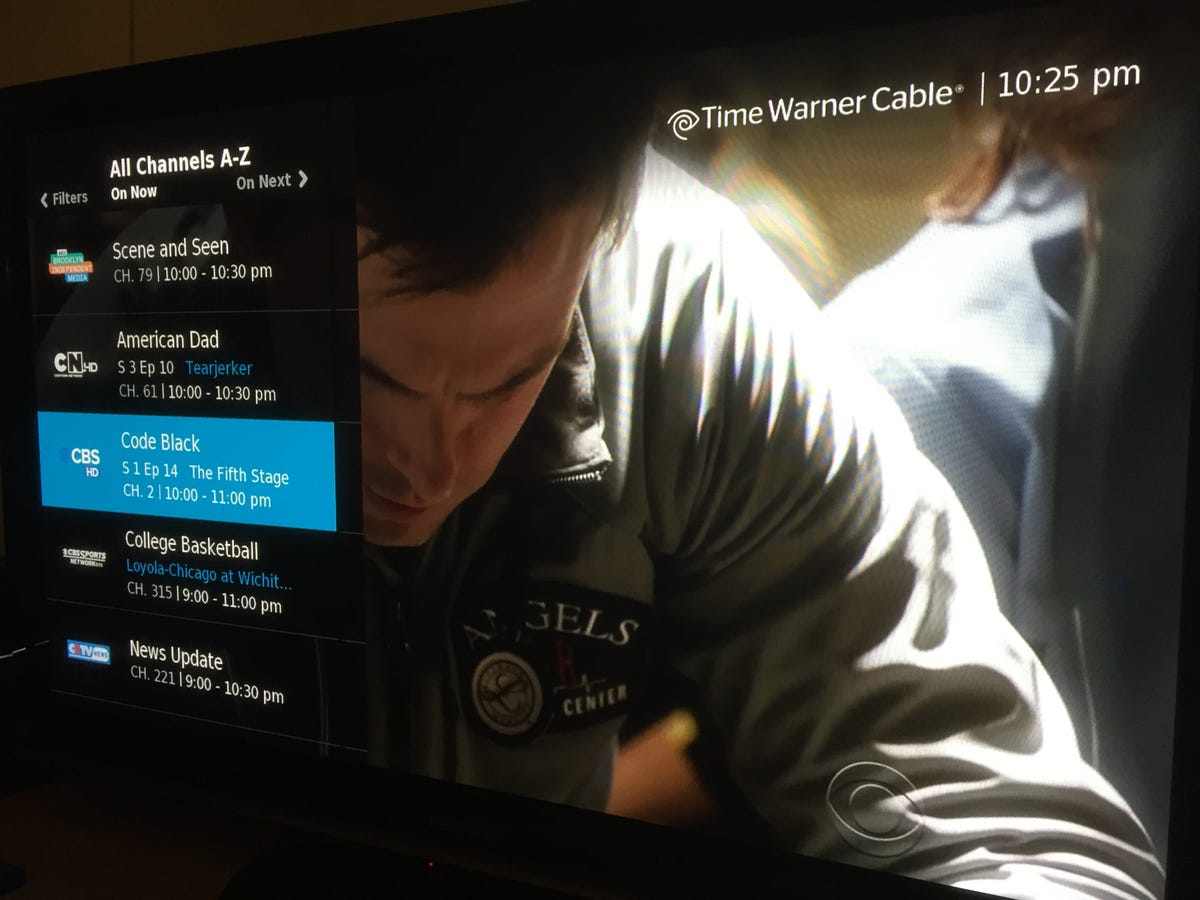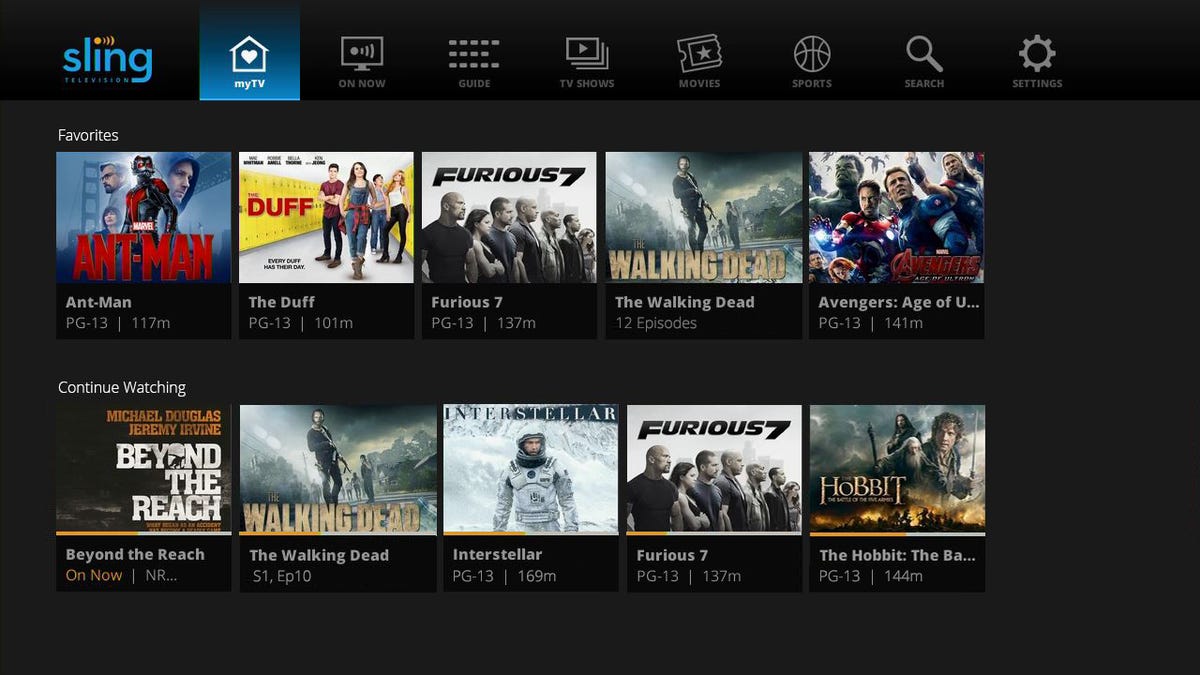When he introduced the latest version of Apple TV, CEO Tim Cook said “The future of TV is apps.”
I think the cable box of tomorrow should be an app, too.
If you want the breadth of programming, ease of use and access, especially to live sports, that a cable subscription provides, your only choice is to use a cable box or TiVo that has a “Cable Card.” Amazingly, in these days of software authentication and fingerprint scanning, this archaic device is an actual, physical card that lives inside the box you typically rent from the company.
“Today, 99 percent of pay-TV customers lease set-top boxes from their cable, satellite or telco providers,” says Federal Communications Commission Chairman Tom Wheeler. “It doesn’t have to be this way.”
His recent proposal calls for cable companies like Comcast to unlock the cable box, paving the way for competitors to develop third-party devices and software that can provide the same live and on-demand TV programming as the company cable box.


Sarah Tew/CNET
He cites the staggering fact that “over the past 20 years, the cost of cable set-top boxes has risen 185 percent while the cost of computers, televisions and mobile phones has dropped by 90 percent.” The average pay TV subscriber spends an average of $231 per year renting set-top boxes and related devices (like remote controls) from their TV provider.
In my book, Wheeler deserves credit for fighting the powerful cable lobby and making his new proposal. At the same time, he doesn’t go far enough.
Beyond the box
There’s no technological reason that Comcast, or Time Warner Cable, or Charter or any other cable TV provider needs to provide physical hardware at all. There’s no need for warehouses full of cable boxes or arduous “service windows” where the technician supposedly shows up “sometime between 11 a.m. and 3 p.m.”– or not–to fix (or more likely just replace) your device.
Full-fledged pay TV service should just be an app, like Sling TV, that runs on your phone, your Roku or even the TV itself.


The Time Warner Cable app on Roku.
John Falcone/CNET
Of course, cable companies already have apps. The best example I know about is available to Time Warner Cable subscribers. The TWC TV app can be downloaded to Roku, Xbox and older Samsung TVs, for example, as well as iOS and Android phones and tablets. It offers pretty much every live channel you get from TWC’s box, all of its on-demand content, and the ability to start over on certain live channels that offer that function. You don’t even need a cable box in the house; just a TWC modem.
It’s still not enough, though. DVR functionality is limited to scheduling only, not playback. Most live TV channels are only available to watch inside your home, not on the road. And the app isn’t available on every TV device — notable exceptions include Apple TV, Amazon Fire TV and Chromecast.
Comcast offers similar apps, Xfinity TV and Xfinity TV Go, but they’re available only on mobile platforms, so you still need to use the set-top box to watch on the big screen at home. Even so they’re wildly popular; Comcast says its apps have been downloaded more than 20 million times.
Mobile vs. your living room
The problem isn’t mobile access to TV programming — it’s access on the TV itself, in your house. Just about every cable and satellite service has a mobile app, but almost all require you to have the box in your house when you watch TV in the living room, especially if you want to record anything.
Wheeler’s proposal opens the door for other companies to develop apps that use a Pay TV provider’s programming, packaged and delivered in a much less restrictive way, with no need for a dedicated cable box.


Sling TV’s app refresh offers more personalized features.
Sling TV
Imagine the big-screen TV app designed by a company that knows user interfaces — Apple or Google, or even Netflix. It would provide all of your local cable company’s live or recorded channels (and on-demand content) to the Smart TV, streaming device or mobile device of your choice. Imagine having a choice of such apps, an actual choice in the interface and functionality and features of your pay TV subscription.
The app could offer voice search, smart recommendations, profiles for different family members, robust parental controls, cloud or local DVR storage, mobile downloads for offline access and more.
If the app acted up or became unreliable or annoying, you could simply download an alternate one and re-authenticate it with your Comcast or Time Warner or Charter credentials. No need to swap in a new cable box, or put up with just one (terrible) option. In the face of competition in the living room, cable companies might even be pushed to innovate and offer better apps themselves.
Someday the cable box will finally go the way of the horse and buggy, the rotary phone, the typewriter. Apps on phones have already begun to replace plenty of handheld devices — think MP3 players, GPS units and even compact cameras. Apps on TVs and TV-connected boxes should do the same thing to cable boxes: kill them. The day can’t come soon enough.




